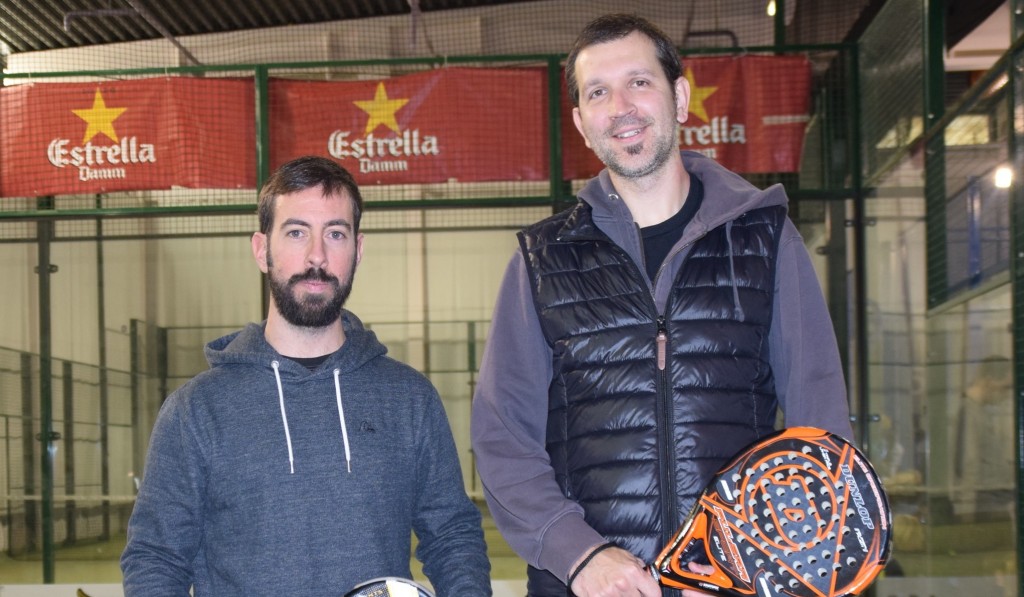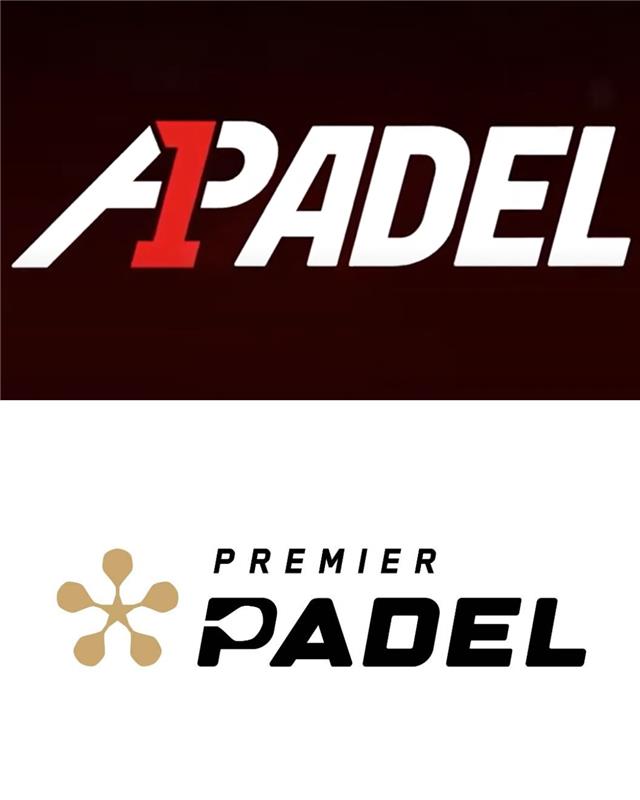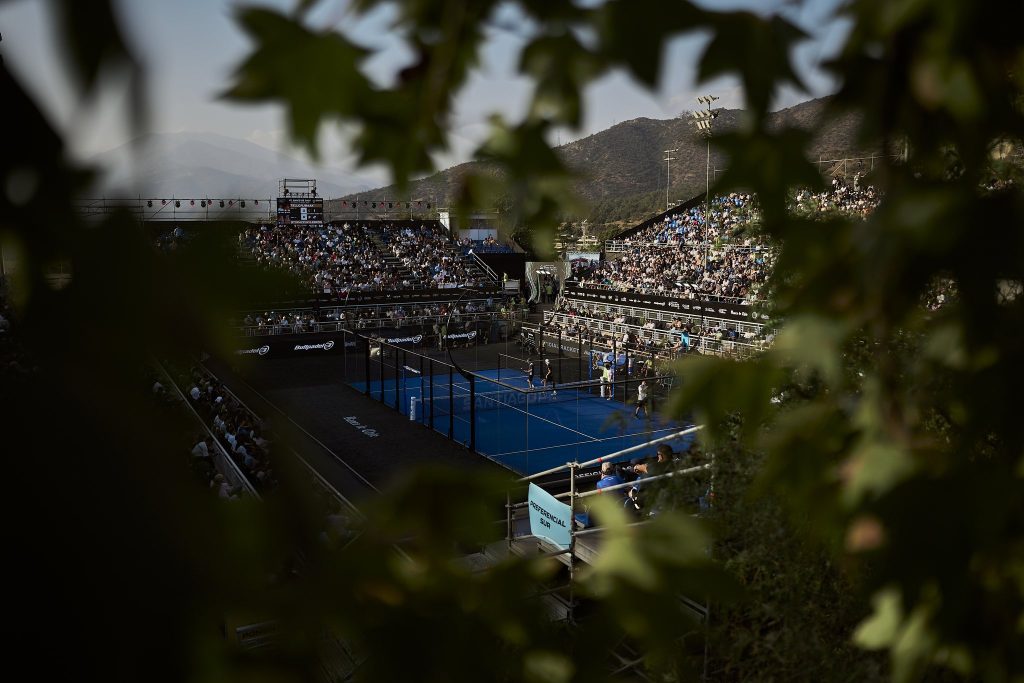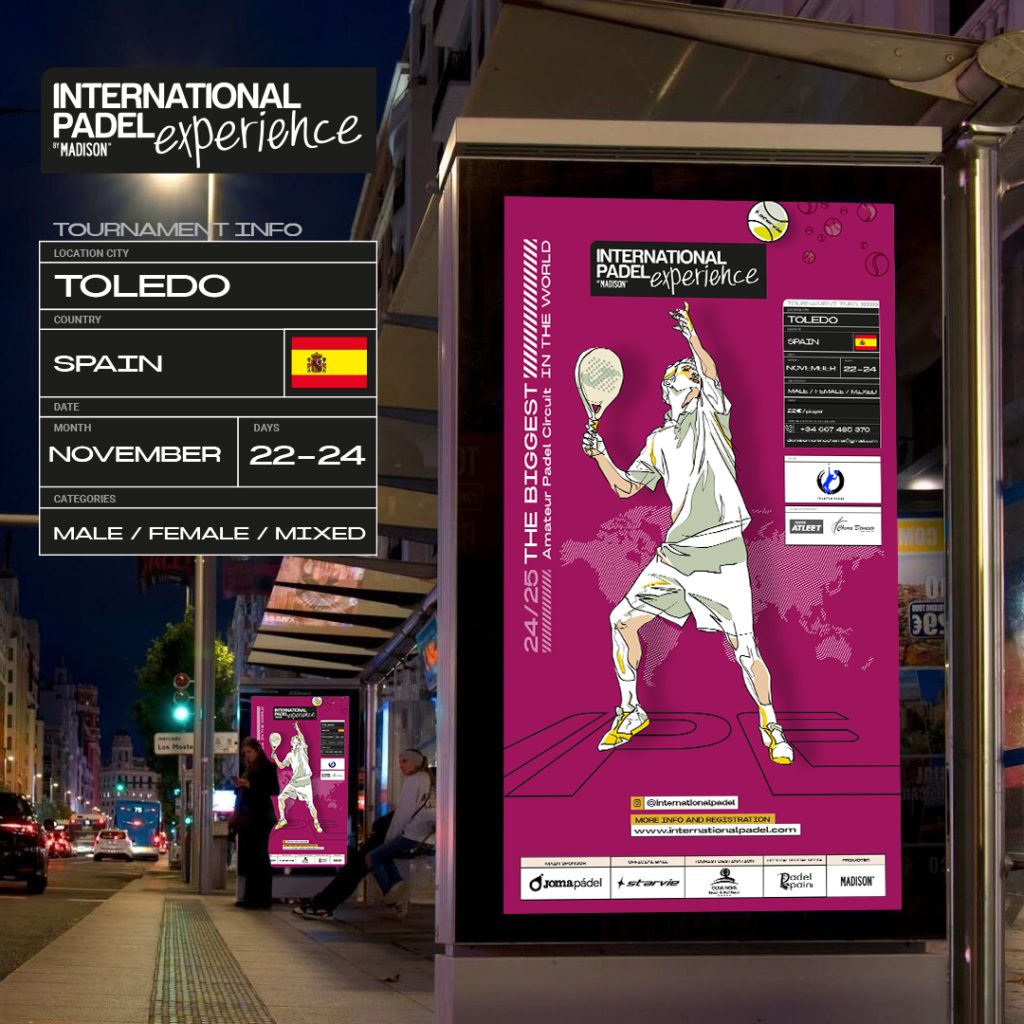[:es]El International Padel Experience by Madison, patrocinado por Estrella Damm, hizo su decimotercera parada durante el pasado fin de semana en el Club Malmö Padelcenter de Malmö, una ciudad que en los últimos años ha experimentado un espectacular crecimiento en cuanto a pádel se refiere. Durante la disputa del Malmö Open hablamos con Alberto Santos Delgado y y Diego Iglesias Gato, dos españoles afincados en Copenhage, ciudad danesa a tan solo 20 minutos del país escandinavo y dónde están viviendo de cerca el boom del deporte de la pala.
Pregunta: ¿Qué os lleva a las frías tierras del norte de Europa?
Respuesta (Alberto): Yo estoy haciendo un doctorado en biomedicina y llevo cuatro años viviendo en Copenhage, mientras que Diego es profesor asistente en la Universidad de Copenhage, dónde llegó hace cinco años.
P: ¿Cómo está evolucionando el pádel tanto en Dinamarca como en Suecia?
R Diego: En Dinamarca apenas hay clubes en los que poder jugar. En la ciudad en la que vivimos nosotros solo hay cinco pistas, de las cuales dos son municipales y tres al aire libre, por lo que en invierno es prácticamente imposible echar un partido. En Suecia es diferente, por historia tienen mucha tradición de deportes de raqueta y cada vez hay más pistas, más jugadores, más campeonatos… Cuentan con una Federación que está trabajando enormemente por su desarrollo y de momento lo están haciendo genial.
P: ¿En España ya jugabais al pádel u os habéis aficionado aquí?
R Alberto: Jugábamos en España, y cuando llegamos a Copenhage buscar pistas donde jugar fue de las primeras cosas que hicimos. Pero nos es muy difícil juntar cuatro para jugar. Intentamos reservar pista una vez a la semana, casi siempre con españoles, porque son los que conocen el deporte en Dinamarca. También buscamos torneos en Suecia ya que es más económico jugar un competición que alquilar una pista. Los precios rondan los 40 euros la hora y media, un precio muy elevado como para estar jugando con más asiduidad.
P. Actualmente en Suecia hay cerca de 50 pistas construidas y se estima que para el año que viene se lleguen a las 200. ¿Cuál creéis que es el secreto del éxito de este deporte?
R Diego: Yo creo que la clave es que para divertirse en este juego no hay que tener un nivel alto, ni siquiera medio. Con que juegues unas cuantas veces ya coges el ritmo y el toque y quedas enganchado de un deporte muy social, divertido y que además es muy vistoso de ver. En los países escandinavos los deportes de raqueta están muy bien valorados y como éste no exige unas instalaciones muy voluminosas y se puede jugar indoor, está animando a muchos clubes de tenis, gimnasios u hoteles a incluir en su oferta el pádel.
P: ¿Cuál es el perfil del jugador de pádel en Suecia y Dinamarca?
R Alberto: Normalmente juega gente de más de 30 años, de clase económica media-alta y que ha conocido el deporte por tener algún tipo de relación con España o Portugal. Casi todos los suecos veranean en la Península Ibérica, por lo que la mayoría lo han conocido allí. A destacar que son muy deportistas, y una de las cosas que más nos sorprenden de ellos es que cualquier hora es buena para salir a correr, jugar al pádel, fútbol, tenis…etc.
P: Ante este gran crecimiento del pádel, ¿No os planteáis montar vuestro propio club?
R Diego: Lo hemos hablado muchas veces. Creemos que esta gran pasión por el pádel es también una gran oportunidad empresarial. Las principales marcas además están apostando fuertemente por el pádel en estos países, un indicativo de que las cosas van a ir a mejor. Aquí en Copenhage tiene que ser indoor y debemos encontrar una nave bien comunicada con el centro, algo que no abunda la verdad. Cabe la posibilidad, aunque de momento no es una de nuestras prioridades.
P: ¿Qué os ha parecido el Malmö Open?
R Alberto: Nos ha sorprendido el gran número de parejas apuntadas, el buen nivel que hay y la organización del mismo. No se suelen ver torneos de este tipo y estamos muy satisfechos de haber participado en un campeonato tan serio que reúne a los principales jugadores del país. Además hemos hecho un buen papel, por lo que la alegría es doble.[:en]The International Padel Experience by Madison, sponsored by Estrella Damm, made his thirteenth stop during the weekend at Club Malmö Padelcenter of Malmo, a city that in recent years has experienced spectacular growth in terms paddle tennis is concerned. During the dispute the Malmo Open talk with Alberto Santos and Diego Iglesias Delgado and Jack, two Spaniards settled in Copenhagen, Danish town just 20 minutes from the Scandinavian country and where they are living near the boom sport of the blade.
Question: What leads you to the cold lands of northern Europe?
Answer (Alberto): I’m doing a PhD in biomedicine and took four years living in Copenhagen, while Diego is an assistant professor at the University of Copenhagen, where he arrived five years ago.
Q: How you are evolving paddle tennis both in Denmark and in Sweden?
R Diego: In Denmark there are hardly any clubs in which to play. In the city in which we live there are only five tracks, of which two are municipal and three outdoor, so in winter it is virtually impossible to have a party. In Sweden is different, have much tradition history racquet sports and more and more tracks, more players, more championships … They have a federation that is working tremendously for its development and now are doing great.
Q: In Spain and you played paddle tennis aficionado or have you here?
Alberto R: We played in Spain, and when we look for clues to Copenhagen where play was among the first things we did. But it is very difficult to put together four to play. We tried to book track once a week, mostly Spaniards, because they are those who know the sport in Denmark. We also look for tournaments in Sweden because it is cheaper to play a competition to hire a clue. Prices are around 40 euros an hour and a half, a very high to be playing more regularly price.
P: Currently in Sweden there are about 50 tracks constructed and it is estimated that next year will reach 200. What do you think is the secret of success in this sport?
R Diego: I think the key is to have fun in this game should not have even half high. With you play a few times as you take the pace and touch and you’re hooked a very social sport, fun and it is also very attractive to see. In the Scandinavian countries racquet sports are highly valued as it does not require very bulky installations and can play indoor, is encouraging many tennis clubs, gyms or hotels include in their bid paddle.
Q: What is the profile of paddle tennis player in Sweden and Denmark?
Alberto R: Usually plays people over 30 years old, upper-middle economic class and the sport has known for having some relationship with Spain or Portugal. Almost all Swedish summer in the Iberian Peninsula, so most have known there. Of note are athletes, and one of the things we surprised them is that any time is good to go running, play paddle tennis, soccer, tennis … etc.
Q: Given this high growth paddle tennis, planteáis Do not you ride your own club?
R Diego: We’ve talked many times. We believe that this great passion for paddle tennis is also a great business opportunity. The main brands are also betting heavily on the paddle courts in these countries, an indication that things will get better. Here in Copenhagen must be indoor and we must find a ship well connected to the center, which is not the truth abounds. It is possible, but for now is not one of our priorities.
Q: What will it seemed the Malmo Open?
Alberto R: We were surprised at the large number of targeted couples, there is good level and its organization. not usually see such tournaments and we are very pleased to have participated in such a serious championship that brings together key players in the country. We have also done a good job, so the joy is twofold.[:]











